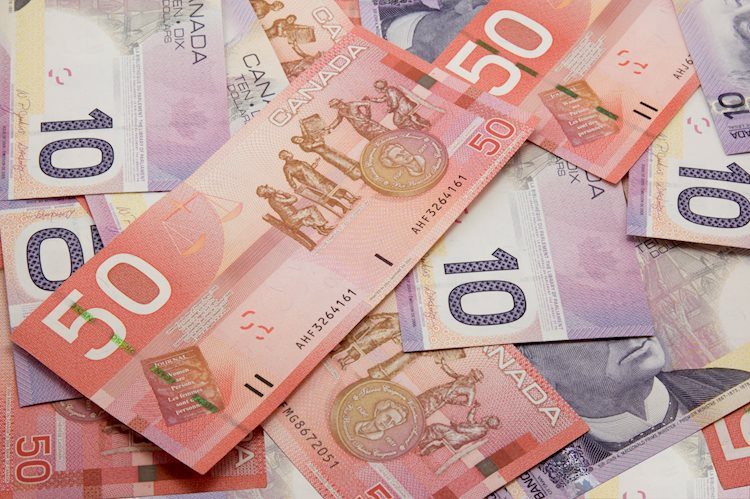The USD/CAD pair is facing selling pressure around 1.3430 during the early Asian trading session on Wednesday. The weakening of the Greenback is attributed to the anticipation of an additional 50 basis points rate cut from the US Federal Reserve in November. Fed Governor Adriana Kugler is expected to make a statement later in the day, which could further impact the direction of the USD/CAD pair.
The US consumer confidence index unexpectedly dropped to 98.7 in September from a revised 105.6 in August, marking the biggest decline in three years. This decline in consumer confidence is largely due to concerns over the labor market and sluggish economic growth. As a result, traders are speculating on further rate cuts by the Fed in November, which continues to weigh on the US Dollar. Market analysts are pricing in a 56% probability of a 50 bps rate cut in the upcoming meeting, with a 44% chance of a 25 bps cut, as per the CME FedWatch Tool.
On the Canadian front, Bank of Canada’s Governor Tiff Macklem stated that the central bank will closely monitor consumer conditions in Canada. Macklem emphasized that the timing and pace of rate adjustments will be dependent on incoming data and the implications for future inflation. The BoC’s next interest rate decision is scheduled for October 23, with money markets suggesting a 58% chance of a 50 bps rate cut. Additionally, a 25 bps cut is priced in for the December meeting, indicating potential volatility for the CAD in the coming months.
The Canadian Dollar is influenced by various factors such as the Bank of Canada’s interest rate decisions, the price of Oil, economic indicators, inflation, and the Trade Balance. The BoC plays a crucial role in determining interest rates that impact the CAD’s value. Relatively higher interest rates are positive for the Canadian Dollar, while quantitative easing can have a negative effect. Oil prices also play a significant role in determining the CAD value as Canada’s largest export is petroleum. Higher Oil prices typically result in a stronger CAD.
Inflation, which traditionally has been seen as negative for a currency, can have a positive impact on the Canadian Dollar in modern times. Higher inflation rates may lead to increased interest rates, attracting more capital inflows and boosting demand for the CAD. Macroeconomic data releases such as GDP, PMIs, employment figures, and consumer sentiment surveys can also impact the Canadian Dollar’s performance. A strong economy is generally supportive of the CAD as it attracts foreign investment and may lead to higher interest rates.
Overall, the USD/CAD pair is facing downward pressure due to weakening US consumer confidence and expectations of further rate cuts by the Fed. On the Canadian front, the BoC’s cautious approach to rate adjustments based on incoming data provides some stability for the CAD. Various factors such as economic indicators, Oil prices, and inflation will continue to influence the performance of the Canadian Dollar in the near future. Traders will closely monitor upcoming central bank decisions and economic data releases to gauge the direction of the USD/CAD pair.











